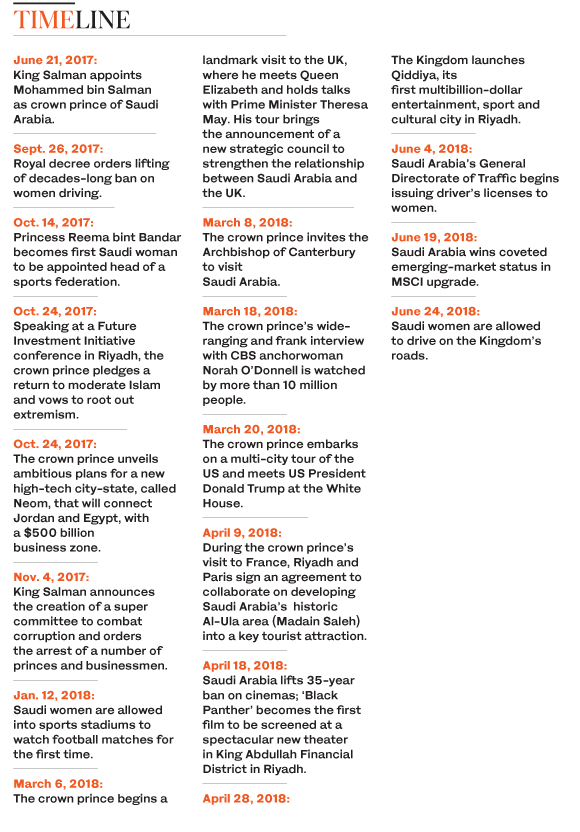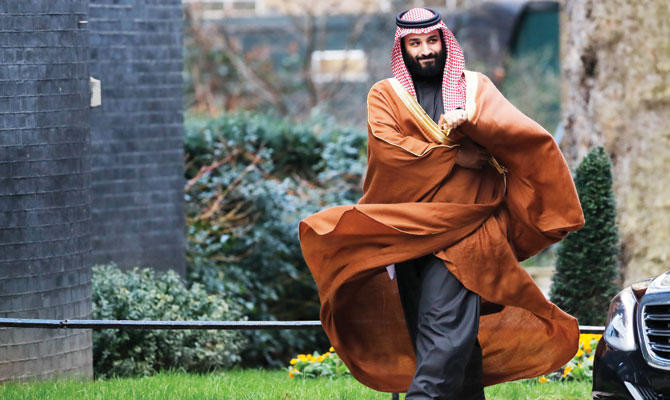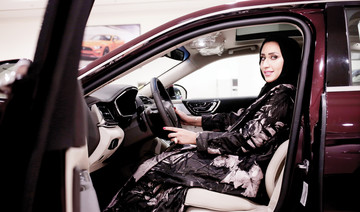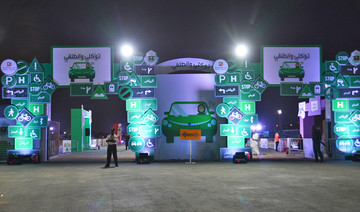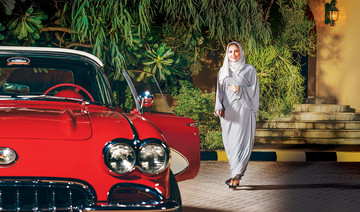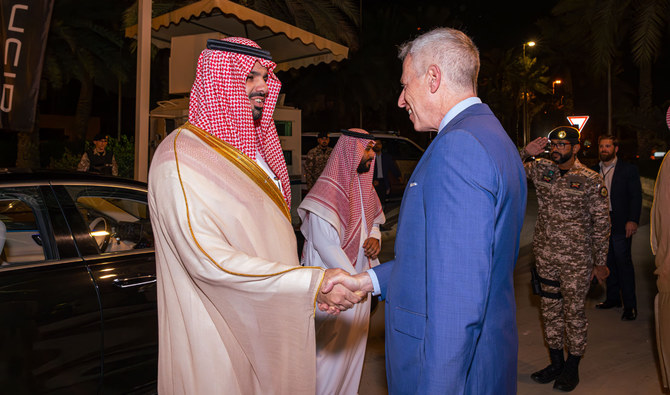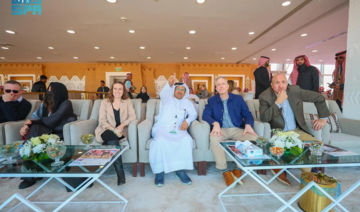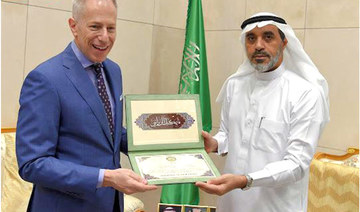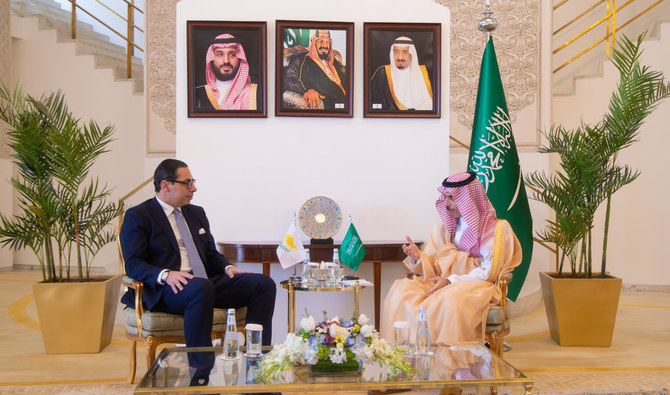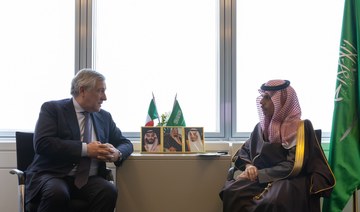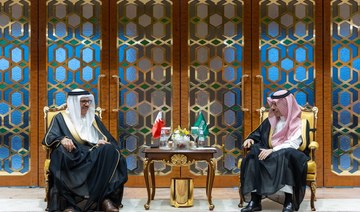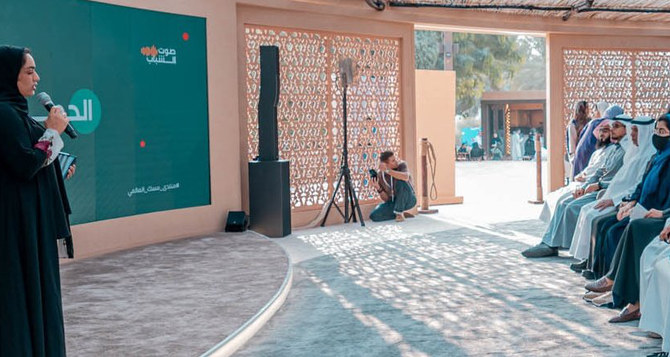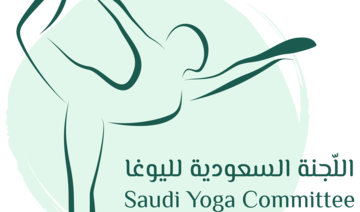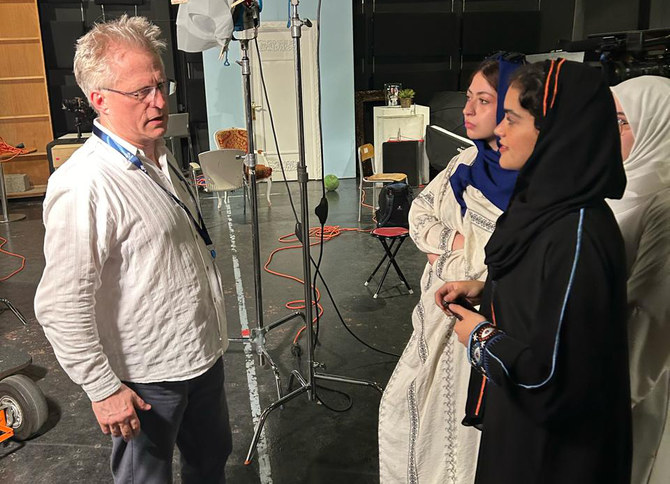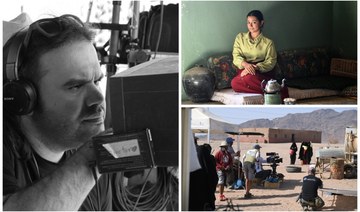JEDDAH: A crackdown on corruption, guarantees of women’s rights, an overhaul of the entertainment sector and a shake-up of the economy — in the past year, Saudi Arabia has witnessed extraordinary changes.
The bold reforms, introduced in the 12 months since Crown Prince Mohammed bin Salman took his post last June 21, have made headlines locally and globally.
The first sign of social transformation in the Kingdom came on
Sept. 26, 2017, with a royal decree lifting the decades-long ban on women driving. Less than a month later, Princess Reema bint Bandar became the first Saudi woman to be appointed head of a sports federation.
Then, last November, Saudi Arabia initiated unprecedented anti-corruption measures that included princes, government officials and major business owners among its targets. The Kingdom so far has recovered more than $100 billion in its crackdown, and sent a clear signal that those who engage in corrupt business practices will face prosecution.
Corruption was not the only obstacle facing the crown prince, who made clear that embracing moderate Islam is the way forward. “We are returning to what we were before — a country of moderate Islam that is open to all religions and to the world,” he told a Future Investment Initiative conference in Riyadh.
The beginning of 2018 brought a decision that took the Kingdom closer to ending all forms of discrimination against its female population, with women allowed to watch football matches with their families.
Strengthening the Kingdom’s international and diplomatic ties, the crown prince landed in the UK on March 7, kick-starting a global tour to focus on business, political and defense initiatives. After a warm welcome in London, he met with British Prime Minister Theresa May, Queen Elizabeth and the Archbishop of Canterbury.
Landing in Washington on March 20, the crown prince had a White House meeting with President Donald Trump and, in New York, met with former US president Bill Clinton and former secretary of state John Kerry. He also held talks with representatives from Harvard University, MIT, Amazon and Warner Bros. studio.
In only a year, the crown prince has successfully reformed many sectors of the Kingdom. Some of the biggest changes were in the Saudi entertainment sector with large-scale concerts and family events surging in popularity.
On April 18, a 35-year ban on cinemas was lifted, with a screening of Marvel’s “Black Panther.” The decision is expected to secure hundreds of millions of dollars that previously Saudi tourists had spent traveling abroad to attend movies. Global companies eager to invest in this unprecedented market in the Kingdom included the blockbuster American theater chain AMC and the UAE’s VOX Cinemas.
The entertainment overhaul is part of Saudi Arabia’s Vision 2030 plan to diversify the country’s economy. On Thursday, the reforms were given added impetus when the Saudi Arabian stock exchange (Tadawul) was upgraded and joined the MSCI Emerging Market Index.
“This is a significant milestone for the Saudi capital market,” Saudi Arabia’s Minister of Finance, Mohammed Al-Jadaan, said.
• Download our free #SaudiWomenCanDrive mobile phone background designed by renowned artist Malika Favre: https://startyourengines.21wallpaper.design
